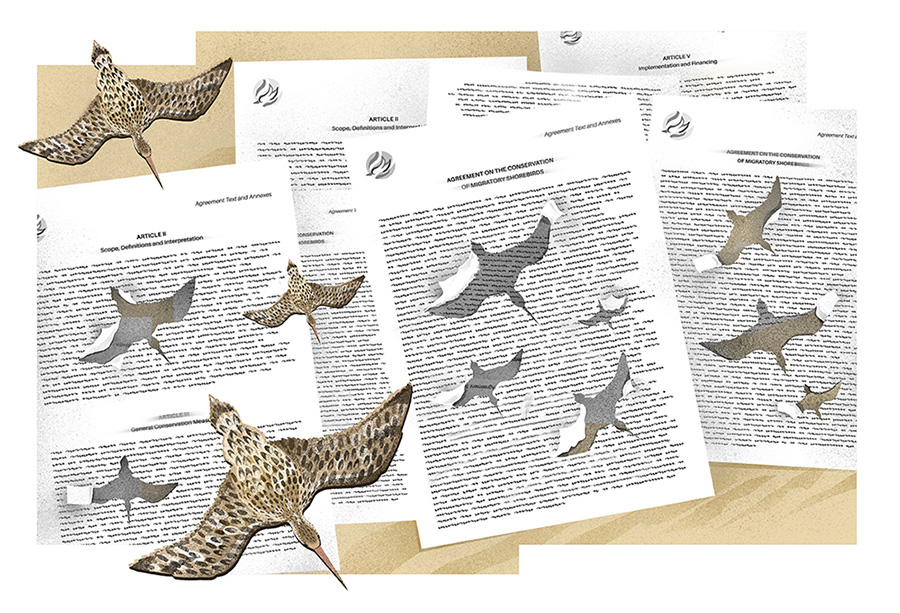Several local, national, and international institutions and agencies are currently exploring possible methods of changing existing agricultural practices in the eastern regions of Madagascar, but have not studied the socio-cultural consequences of such a change. The proposed agricultural revolution plans to replace local swidden farming with irrigated terraced fields. Each of the stakeholders in Madagascar’s agricultural revolution has its own specific goals. The goals of agricultural development groups are to create new farming techniques and provide crop seed to increase agricultural yield; the goal of conservation groups is to attempt to protect the remaining forests from agricultural use; and the goal of rural merchants and farmers is to make a living from rice agriculture to support themselves and their families.
Tavy (swidden rice farming in Madagascar) is of particular interest to the Malagasy government, scientists, and conservation groups not only because of its adverse effect on the endemic flora and fauna, but because, as practiced with current human population densities, it is both ecologically and economically unsustainable. The transition from tavy to terraced farming is essential so that the Malagasy population has a stable source of food and is able to maintain its environmental and economic integrity. Conservation agencies and institutions seek to protect the remnants of rainforest that remain, and hope to restore the degraded lands that surround protected areas. The practice of swidden agriculture prevents this restoration.
Tavy is not merely a method for farming, however. It is intertwined with religious beliefs expressed through rituals performed during tavy, and is thus also culturally important. For example, before farmers cut vegetation in preparation for tavy, they ritually pray and offer both rice and honey to the zanahary (ancient spirits that live on the land and may harm the farmer). Farmers then pray and offer rice, honey, and rum to andriamanitra (God) so he will protect them from harm before they burn the dried vegetation. The cost of the replacement of tavy with irrigated techniques includes the loss of the religious rituals practiced only during tavy. If farmers stop practicing tavy, they will not practice these and other rituals.
Of all of the institutions and agencies interested in agricultural development in Madagascar, only one recognised that understanding the cultural institution of tavy would be critical to success in the planned agricultural change. Most of the institutions and agencies assumed that change would be welcomed if it provided more benefits than costs, regardless of the implications for cultural beliefs that these changes would bring. The transition from tavy to wet field methods would result in the loss of meanings ascribed to farming. All of the farmers interviewed practiced both tavy and wet field methods. Yet, none of the farmers interviewed practice the rituals associated with tavy with wet field agriculture. All of the farmers interviewed stated that without the practice of tavy they would lose their identity as farmers.
Malagasy farmers may resist cultural change if the non-indigenous knowledge introduced does not mitigate the loss of meaning they ascribe to tavy. This is a classic example of a development project that ignores culture and attempts to fix a problem with money and through technology. One cannot simply replace a practice that has significant meaning to individuals solely with technology. The probability of success of the planned agricultural change would be enhanced if a study of cultural change were incorporated into the larger study of an ecologically and economically viable solution to the issue of swidden agriculture and conservation.
Originally published as:
Hume, D.W. 2006. Swidden Agriculture and Conservation in Eastern Madagascar: Stakeholder Perspectives and Cultural Belief Systems. Conservation and Society 4(2): 287–303.





